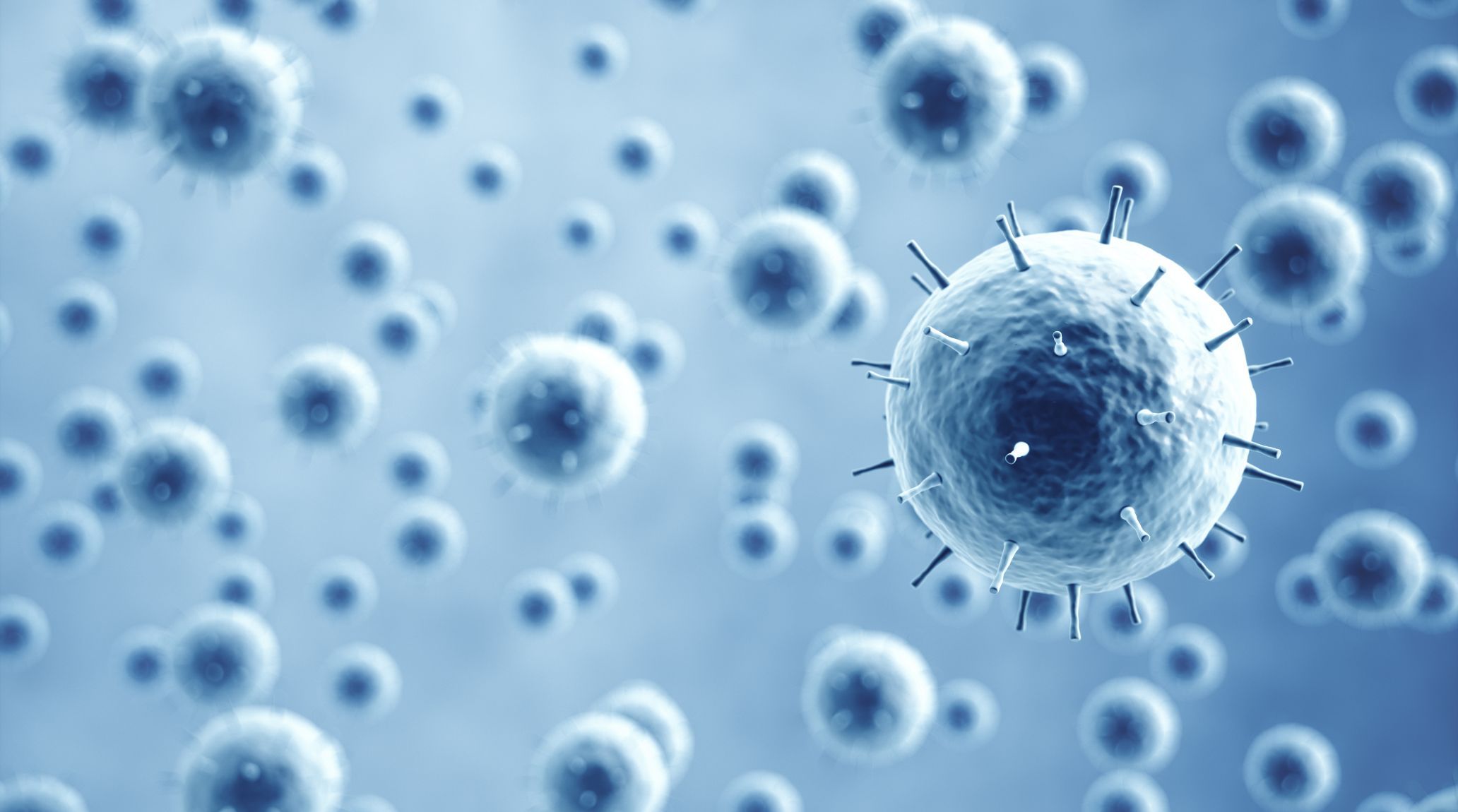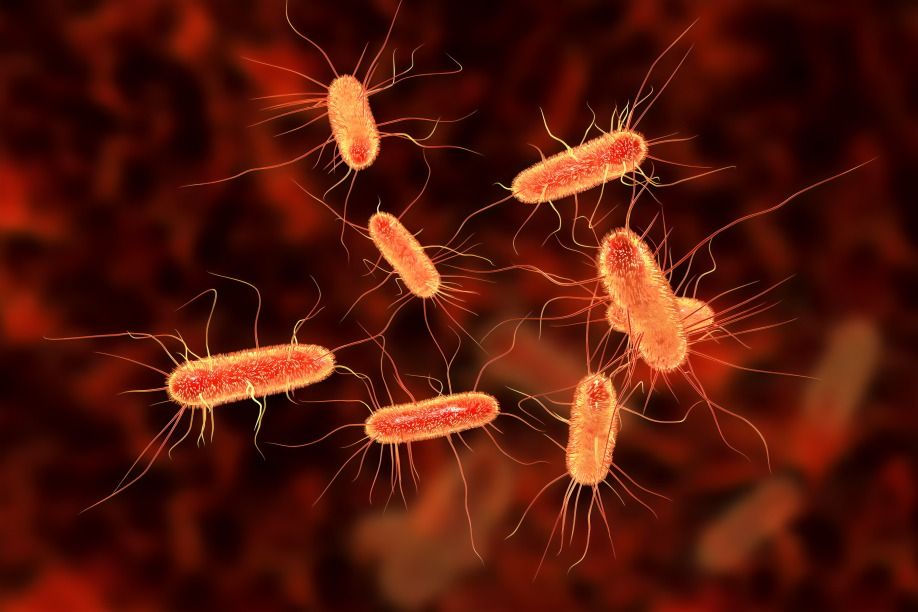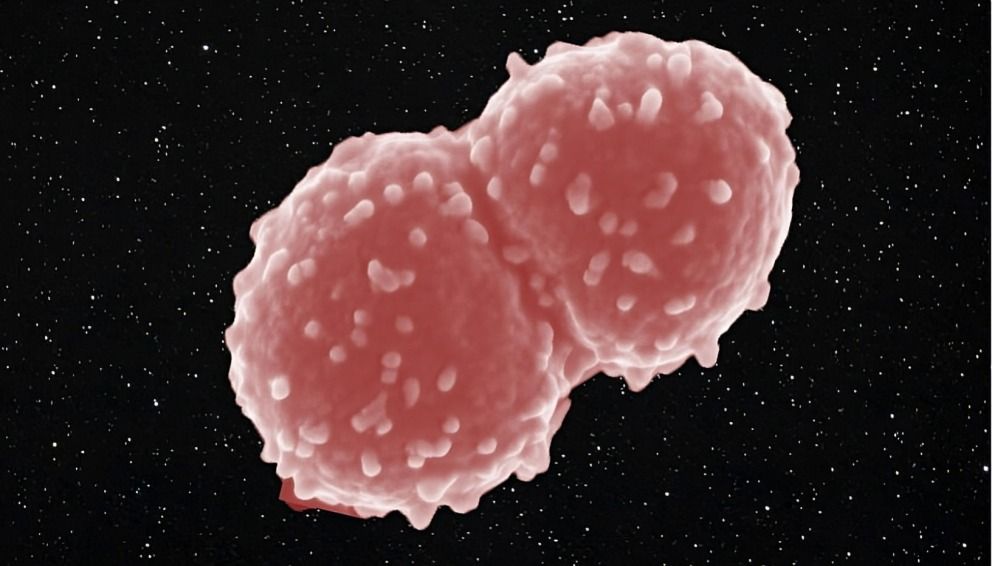
“
Bacteria are among Earth's most diverse and adaptable organisms, playing crucial roles in ecosystems and human health. From their unique cellular structures to their ability to thrive in extreme environments, bacteria possess various characteristics that make them fascinating study subjects. In this article, we'll explore the key Characteristics of bacteria, offering insights into the microscopic world that is essential to life as we know it.1
1
”
Bacteria are the oldest, smallest, simplest, and most abundant microorganisms belonging to the prokaryotic kingdom Monera. These ancient life forms, dating back over 3.5 billion years, are found in nearly every environment on Earth. 1
Did you know? The number of bacteria in your mouth is more than the total number of humans on Earth, with estimates suggesting that there are over 20 billion bacteria in the average human mouth. 2
Bacteria possess the smallest eyes in nature, yet they are proportionally the largest relative to their body size. A prime example is Synechocystis, a photosynthetic cyanobacterium that uses specialized light-sensitive structures to detect light direction. 3
Antony van Leeuwenhoek is known as the 'Father of Bacteriology' for his pioneering work in microbiology. In the late 17th century, he was the first to observe and document bacteria using a microscope of his own design, which could magnify up to 300 times.4
From April 7, 1984, to January 11, 1990, E. coli bacteria survived unshielded onboard NASA's Long Duration Exposure Facility satellite in low Earth orbit. The satellite, which carried 57 experiments, was later retrieved by the space shuttle Challenger. 5
A newly discovered bacterium, Thiomargarita magnifica, visible to the naked eye and resembling the size and shape of an eyelash, was found in Guadeloupe. This bacterium averages over 9,000 micrometers (nearly 1 cm) in length.6

E. coli bacteria can move up to 25 times their length per second by whipping their flagella. This speed is equivalent to a horse running at 135 miles per hour. To visualize it, it's like a horse sprinting faster than a Formula 1 race car.
The smallest known living organisms, called 'nanobes,' measure just 20-150 nanometers across. They were discovered in sandstone samples from 3-5 km (2-3 miles) below the ocean floor and identified by Dr. Phillippa Uwins and colleagues.7
In 2006, a probe in a South African gold mine discovered bacteria thriving nearly two miles underground. These extremophiles survive by harnessing energy from radioactive rocks, highlighting the remarkable adaptability of life in harsh environments. 8
Research shows that bacteria can enhance the efficiency of cloud condensation nuclei by up to 30%. Some scientists even explore introducing bacteria into clouds to stimulate precipitation and alleviate drought conditions. 9

Deinococcus radiodurans can endure nearly 10,000 times the radiation that would be fatal to humans. This incredible resilience makes it an ideal candidate for nuclear waste cleanup. Its unique abilities are promising in managing radioactive contamination.
Australian scientists discovered that the bacterium Ralstonia metallidurans can convert dissolved gold into solid nuggets. This process, known as bio-mining, highlights the bacterium's unique ability to transform precious metals. 10
The red bacterium Deinococcus radiodurans can withstand 1.5 million rads of gamma radiation, about 3,000 times the lethal dose for humans. It survives and reproduces in extreme environments and resists high doses of ultraviolet radiation. 11
Scientists have engineered E. coli to function like computers by programming instructions into their genes. These modified bacteria can assemble into glowing bull's-eye patterns on command, leading to new advancements in bioengineering.12
Bacteria have diverse applications across several industries, including food and beverage, pharmaceuticals, biofuel production, and biopesticides. Their versatility makes them valuable in creating products and processes in these sectors. 13
The largest bacterium, Thiomargarita magnifica, measures 1 cm (0.39 in) in length and was discovered in the mangroves of Guadeloupe in 2009. It is about 50 times larger than the previous record-holders and is the first bacteria visible to the naked eye.14
The first bacterial disease discovered was anthrax, caused by Bacillus anthracis, affecting cattle and sheep in 1876. It was quickly followed by the discovery of fire blight, caused by Erwinia amylovora, in pear and apple trees. 15
Crown gall, caused by Agrobacterium tumefaciens, produces plant tumor-like growths, including the burning bush. This bacterial infection disrupts plant growth and can severely affect the plant's health. 16
Bacteria-free seeds or propagation materials are crucial for ensuring plant health and preventing the spread of bacterial diseases. These materials are carefully sterilized and tested to eliminate pathogens before planting. 17
Bacteria in animals, particularly their gut microbiomes, play a crucial role in digestion. These beneficial bacteria help break down complex carbohydrates, synthesize essential vitamins, and facilitate nutrient absorption. 18


